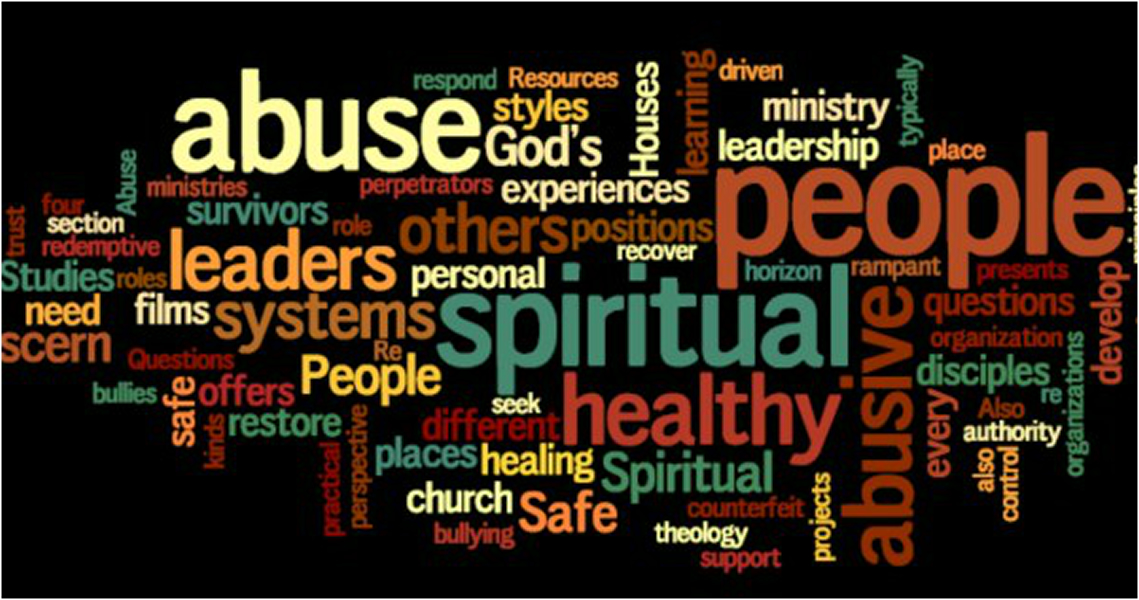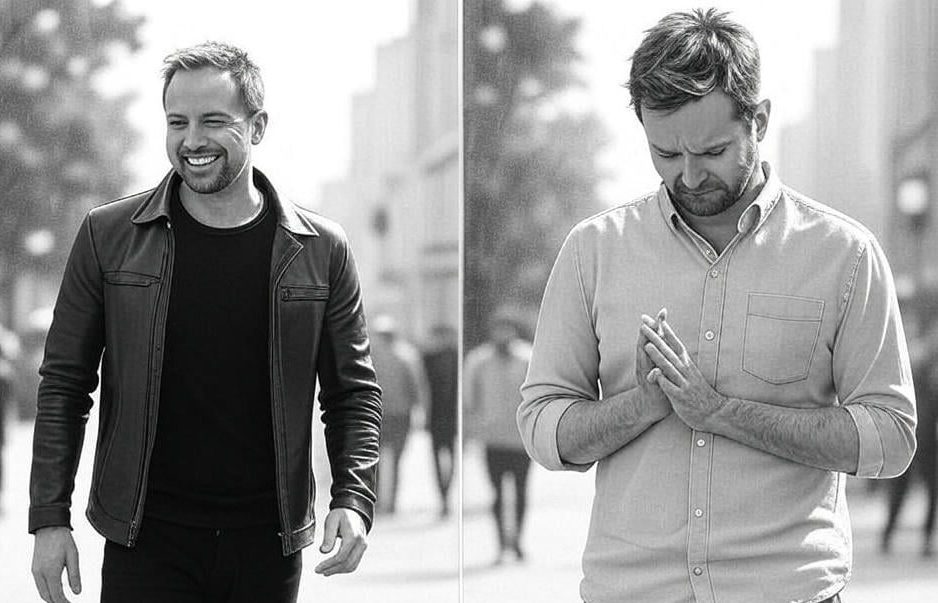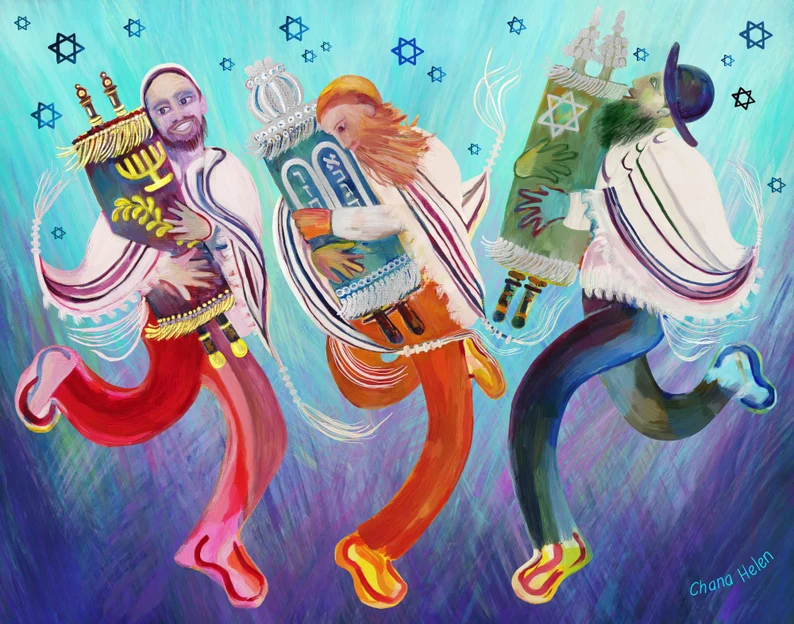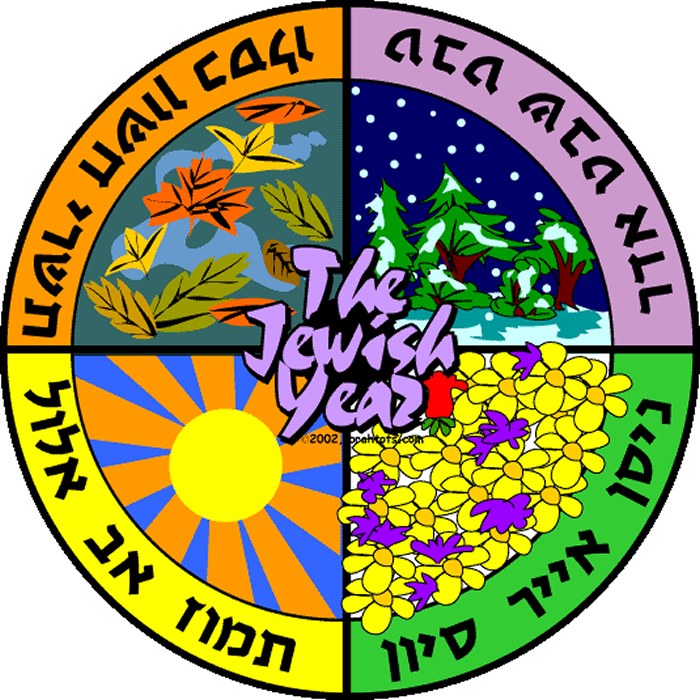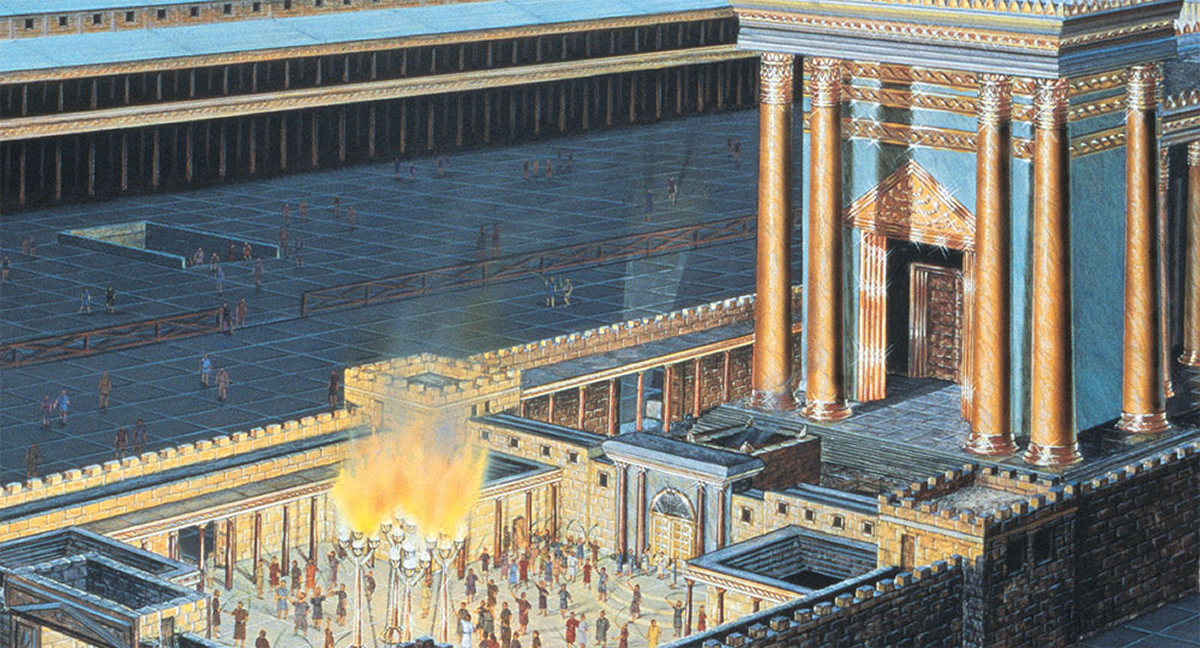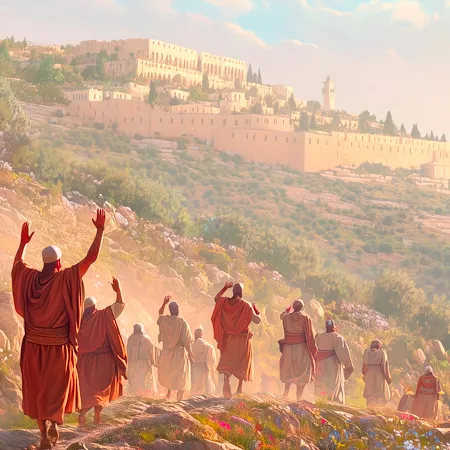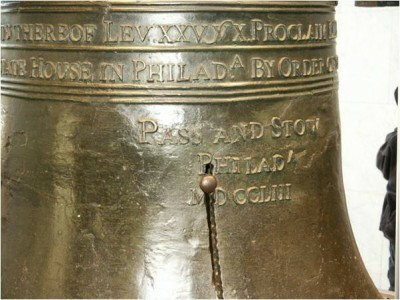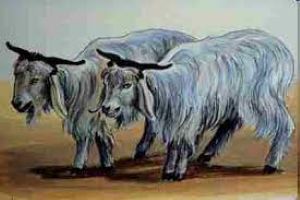Yom Kippur and the Liberty Bell: A Connection to Freedom
The Liberty Bell in Philadelphia, Pennsylvania, shares a profound connection with the Jewish holiday of Yom Kippur, rooted in the biblical concept of the Jubilee year. According to Leviticus 25:10, every 50th year is designated as a Jubilee year, announced on Yom Kippur by the sounding of the shofar (ram’s horn). During this sacred time, all slaves are freed, debts are forgiven, and property is restored to its original owners. The Liberty Bell bears an inscription from this verse: “Proclaim Liberty Throughout All the Land Unto All the Inhabitants Thereof,” directly tying its symbolism to the biblical notion of freedom.
The Biblical Jubilee
The Jubilee year is determined by cycles of seven. In the Bible, every seventh year is a Sabbath year, during which the land rests from cultivation. After seven Sabbath years—49 years—the 50th year is celebrated as the Jubilee. While the exact timing of the Jubilee year in modern times remains uncertain, its principles of liberation and restoration remain powerful.
A Nation Founded on Freedom
The connection between the Liberty Bell and Yom Kippur reflects the values of the early European settlers who came to America seeking religious freedom. Many saw parallels between their journey to a new land and the Israelites’ arrival in their Promised Land. These settlers, deeply familiar with the Bible, dedicated their new home to God and drew inspiration from its teachings. The concept of freedom, as expressed in the Declaration of Independence’s phrase, “endowed by their Creator with certain unalienable Rights,” echoes the Jubilee’s themes of liberty. The Liberty Bell’s inscription from Leviticus 25:10 not only symbolizes this freedom but also connects to the spiritual liberation offered through Yeshua (Jesus), which is commemorated during Yom Kippur.
Yeshua and the Proclamation of Liberty
This theme of freedom is further illuminated in Luke 4:16–21, where Yeshua reads from the scroll of Isaiah in the synagogue on the Sabbath:
The Spirit of the Lord is upon Me, because He has anointed Me to preach the good news to the poor. He has sent Me to proclaim liberty to the captives, and recovery of sight to the blind, to set free those who are downtrodden, to proclaim the favorable year of the Lord.
After reading, Yeshua declares, “Today this Scripture has been fulfilled in your hearing” (Luke 4:20–21). This passage, often associated with the Jubilee, underscores the true freedom found in Him. Some scholars suggest this reading occurred on a Sabbath near Yom Kippur, as the fast described in Isaiah 58—calling for justice and liberation—aligns with the themes of Yom Kippur. In the time of Yeshua, synagogue readings followed a three-year cycle, which may have included Isaiah 58 alongside this passage, further linking Yom Kippur to the message of freedom.
The Jubilee’s Influence on Modern Laws
The biblical Jubilee also influenced modern economic systems. In ancient Israel, the Jubilee year eradicated debts and slavery every 50 years, a concept that inspired bankruptcy laws in the United States, which provide a mechanism for debt forgiveness. In contrast, modern economies often rely on perpetual debt, such as government-issued Treasury bonds. During the Clinton administration, with Alan Greenspan as Federal Reserve Chairman, the U.S. experienced budget surpluses and was on track to eliminate the national debt. Greenspan, however, expressed concern about an economy not built on debt, highlighting a stark contrast with the biblical model. The Jubilee offers a vision of true freedom—both material and spiritual—rooted in God’s principles of justice and redemption.
Conclusion
The Liberty Bell’s inscription and its connection to Yom Kippur remind us of the enduring link between biblical values and the ideals of freedom. Through the Jubilee, God’s plan for liberation—freedom from slavery, debt, and spiritual bondage—resonates in both the history of a nation and the promise of eternal freedom through Yeshua.
Yom Kippur Liberty Bell
There is a direct connection between the Jewish Holiday of Yom Kippur and The Liberty Bell in Philadelphia, PA USA.
According to Leviticus chapter 25, every 50th year is a jubilee year. On Yom Kippur of the 50th year, the Shofar (ram’s horn) is sounded. Then all slaves are freed, and all property is returned to their original owner and all debts are forgiven.
The inscription on the Liberty Bell is taken from the verses regarding the year of Jubilee: Leviticus 25:10, “Proclaim Liberty Throughout All the Land unto All the Inhabitants thereof.”
The 50th year is determined by the number seven. In the bible, every 7th year was to be a Sabbath year, where the land had a year of rest from planting crops. After seven Sabbath years, or 49 years. The 50th year was the year of Jubilee.
No one can say for certain what year is a jubilee based on when it was instituted in the Bible.
Why is there this biblical connection to our nation’s history. Many who came to this country from Europe, came for religious freedom. They saw a connection between their story of coming to a promised land and the Israelites coming to their promised land. They dedicated this land to God, and they knew their Bibles. When they thought of freedom, the concept of freedom came to them from their relationship with God. “Endowed by their creator with certain inalienable rights. “ The liberty bell was inscribed with this verse from Leviticus which spoke of the freedom of the Jubilee year, and its connection with the freedom that Yeshua purchased for us with his blood, which is symbolized in the festival of Yom Kippur.
“And Yeshua (Jesus) came to Nazareth, where He had been brought up; and as was His custom, He entered the synagogue on the Sabbath, and stood to read. And the scroll of the prophet Isaiah was handed to Him. And He opened the scroll and found the place where it was written, ‘The Spirit of the Lord is upon Me, because He has anointed Me to preach the good news to the poor. He has sent Me to proclaim liberty to the captives, and recovery of sight to the blind. To set free those who are downtrodden, to proclaim the favorable Year of the Lord” (Luke 4:16-19).
This passage talks about true freedom.
“And Yeshua closed the scroll, and gave it back to the attendant, and sat down; and the eyes of all in the synagogue were fixed upon Him. And He began to say to them, “Today this Scripture has been fulfilled in your hearing’” (vv. 20-21).
Apart for Yeshua (Jesus) there is no true freedom.
Another question is what Sabbath was this that is written about. The current portions of the prophets that are read in the Synagogue, follow a certain pattern. However today’s calendar is based on a one year cycle. In the time of Jesus it was based on a three year cycle – which greatly expanded the number of scriptures being read. Some scholars have thought that this passage was read along with the related passage of Isaiah 58, which talks of the fast God has chosen – to set the oppressed free. Yom Kippur was a fast day – and this would place the Sabbath in question as the Sabbath near to Yom Kippur. Once again Yom Kippur points to our freedom in Christ.
© 2025 B Arnold Stein
